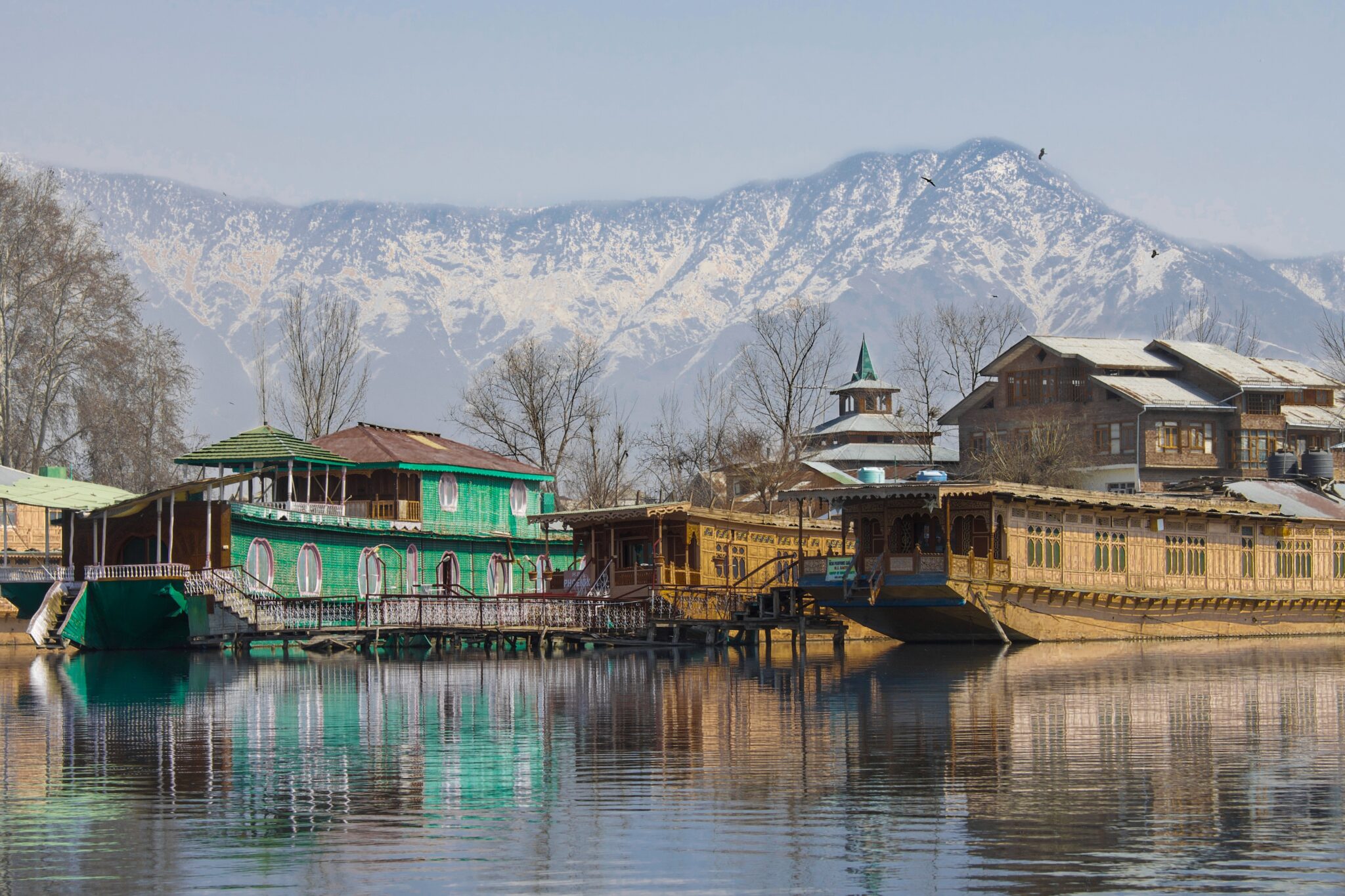14 Jan

Uttar Pradesh, often referred to as the heartland of India, is a state that resonates with the echoes of history, spirituality, and cultural diversity. From the iconic Taj Mahal to the spiritual banks of the Ganges, Uttar Pradesh offers a tapestry of experiences for every traveler. In this comprehensive guide, we embark on a virtual tour of the enchanting tourism places that make Uttar Pradesh a treasure trove of heritage and wonders.
1. Agra – The Epitome of Love and Architectural Grandeur
Agra, the jewel of Uttar Pradesh, is synonymous with timeless love and architectural marvels that have stood the test of centuries.
- Taj Mahal:
- The epitome of love, the Taj Mahal stands as a testament to Shah Jahan’s eternal love for his wife Mumtaz Mahal. Its pristine white marble and intricate architecture draw millions of visitors from around the globe.
- Agra Fort:
- A UNESCO World Heritage Site, the Agra Fort is a massive red sandstone fortress that once served as the main residence of the Mughal emperors. The fort offers panoramic views of the Taj Mahal and the Yamuna River.
- Fatehpur Sikri:
- Just outside Agra, Fatehpur Sikri is a well-preserved city that served as the capital of the Mughal Empire for a short period. Its red sandstone structures, including the Buland Darwaza, showcase Mughal architecture at its zenith.
2. Varanasi – The Spiritual Heart of India
Varanasi, one of the world’s oldest living cities, is a spiritual hub on the banks of the sacred Ganges River.
- Ganges Ghats:
- The ghats of Varanasi, including Dashashwamedh Ghat and Manikarnika Ghat, are iconic for their spiritual and cultural significance. Pilgrims and tourists alike gather to witness the mesmerizing Ganga Aarti ceremonies.
- Kashi Vishwanath Temple:
- Dedicated to Lord Shiva, the Kashi Vishwanath Temple is one of the holiest shrines in Hinduism. The temple’s gold-plated spire is a symbol of devotion and architectural brilliance.
- Sarnath:
- Just a short distance from Varanasi, Sarnath is where Lord Buddha delivered his first sermon. The Dhamek Stupa and the Ashoka Pillar are key attractions, offering a glimpse into Buddhist heritage.
3. Lucknow – The City of Nawabs
Lucknow, the capital of Uttar Pradesh, is a city that reflects the grandeur of the Nawabi era, with its historical monuments and rich cultural heritage.
- Bara Imambara:
- The Bara Imambara, with its colossal central hall and the intricate Bhool Bhulaiya labyrinth, is an architectural marvel that transports visitors back to the era of Nawabs.
- Chota Imambara:
- The Chota Imambara, also known as the Hussainabad Imambara, is adorned with chandeliers and mirror work. Its golden dome and minarets add to the city’s skyline.
- Lucknow Residency:
- The Lucknow Residency, witness to the Siege of Lucknow during the Indian Rebellion of 1857, is a historic site that showcases the resilience of the people during a pivotal period in Indian history.
Ayodhya, revered as the birthplace of Lord Rama, holds immense religious significance for millions of Hindus.
- Ram Janmabhoomi:
- The Ram Janmabhoomi, believed to be the birthplace of Lord Rama, has been a focal point of religious and cultural discussions. The construction of the Ram Temple is a testament to the city’s spiritual heritage.
- Hanuman Garhi:
- Hanuman Garhi is a temple dedicated to Lord Hanuman, perched atop a mound. Devotees gather to seek blessings and witness the panoramic views of the city.
- Kanak Bhawan:
- Kanak Bhawan, an intricately designed temple, is dedicated to Lord Rama and his consort Sita. The temple is known for its vibrant frescoes and intricate carvings.
Keywords: Ayodhya religious significance, Ram Janmabhoomi, Hanuman Garhi.
5. Allahabad – Confluence of Rivers and Faith
Allahabad, now known as Prayagraj, is a city where rivers and faith converge, creating an atmosphere of spiritual significance.
- Triveni Sangam:
- The Triveni Sangam, the confluence of the Ganges, Yamuna, and Saraswati rivers, is a sacred site where pilgrims take a dip to cleanse themselves spiritually. The Kumbh Mela, held every 12 years, attracts millions of devotees.
- Allahabad Fort:
- The Allahabad Fort, built by Emperor Akbar, is a majestic structure with grand gates and Mughal architecture. The fort provides a glimpse into the historical events that unfolded within its walls.
- Anand Bhawan:
- Anand Bhawan, the ancestral home of the Nehru-Gandhi family, is now a museum showcasing the life and times of the family. The museum is a testimony to India’s struggle for independence.
Keywords: Prayagraj spiritual significance, Triveni Sangam, Kumbh Mela.
6. Mathura and Vrindavan – The Divine Abode of Lord Krishna
Mathura and Vrindavan, closely associated with the life of Lord Krishna, are revered as sacred pilgrimage destinations.

At Easy Reach India we endeavor to help travel enthusiast world over to find more details about the tourist attractions in India. We provide regions wise information across North, East, West & South parts of India.
Quick Links
Follow Us
- © Copyright 2024
- Easyreachindia
- . All Rights Reserved.
